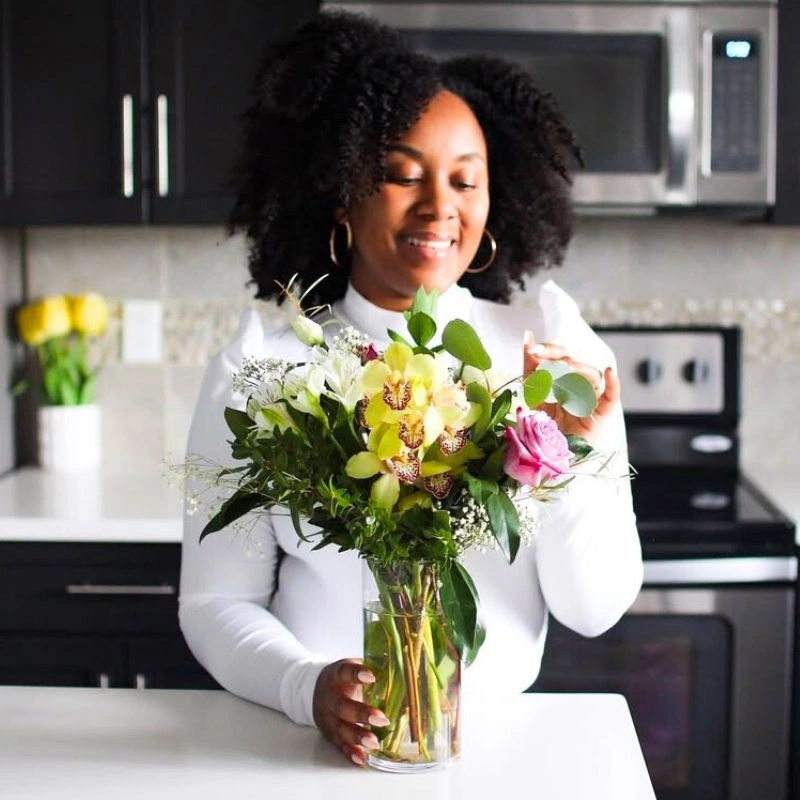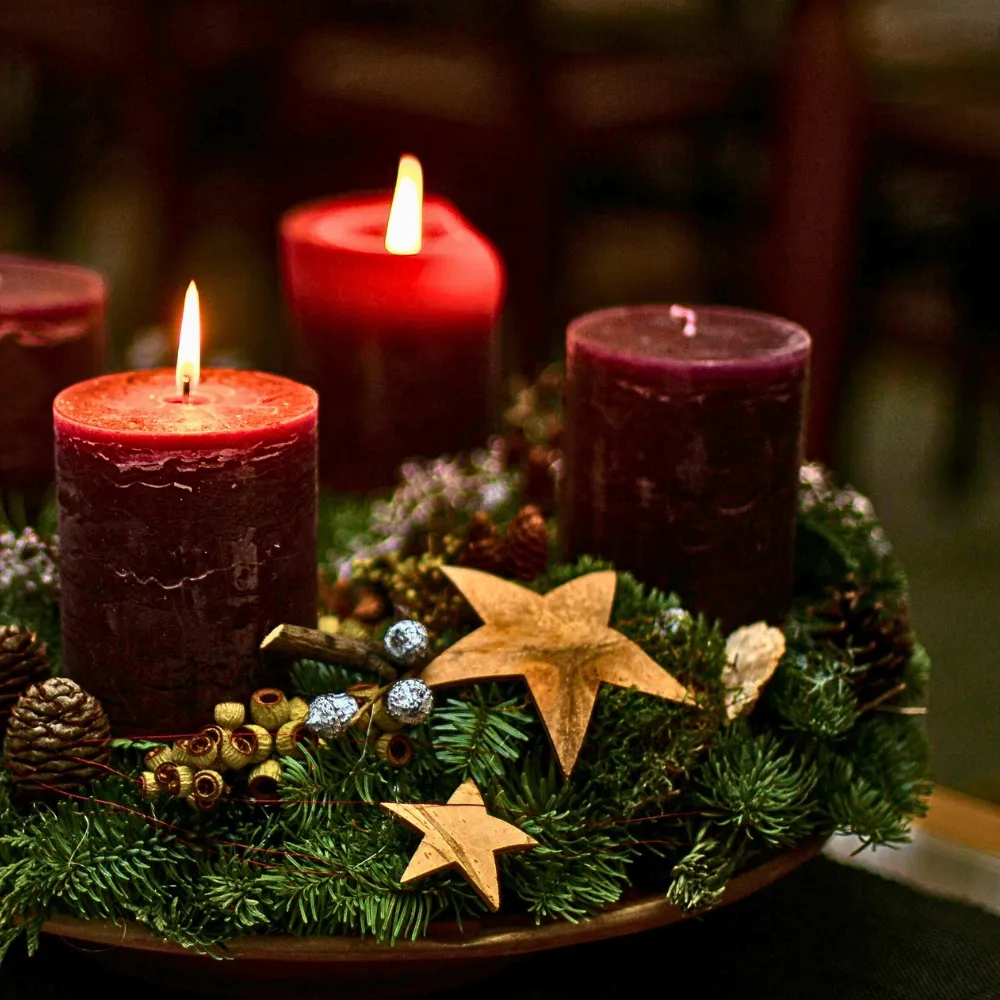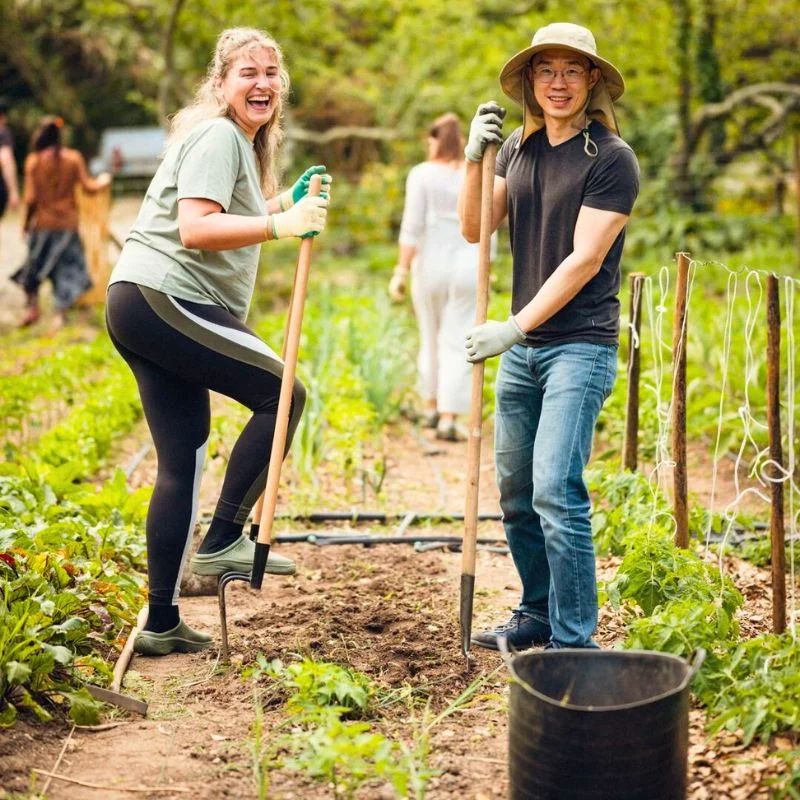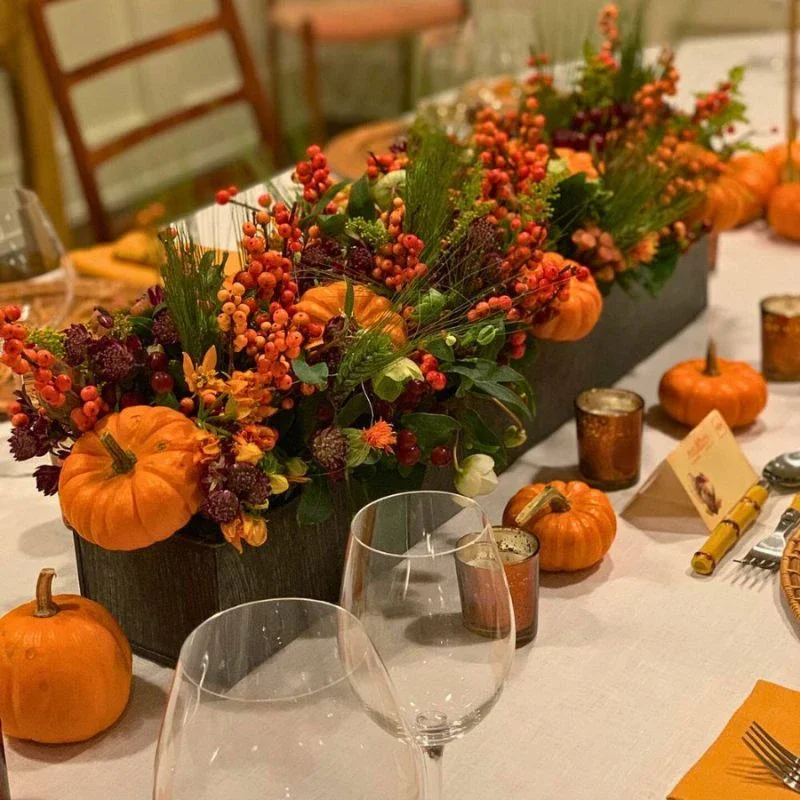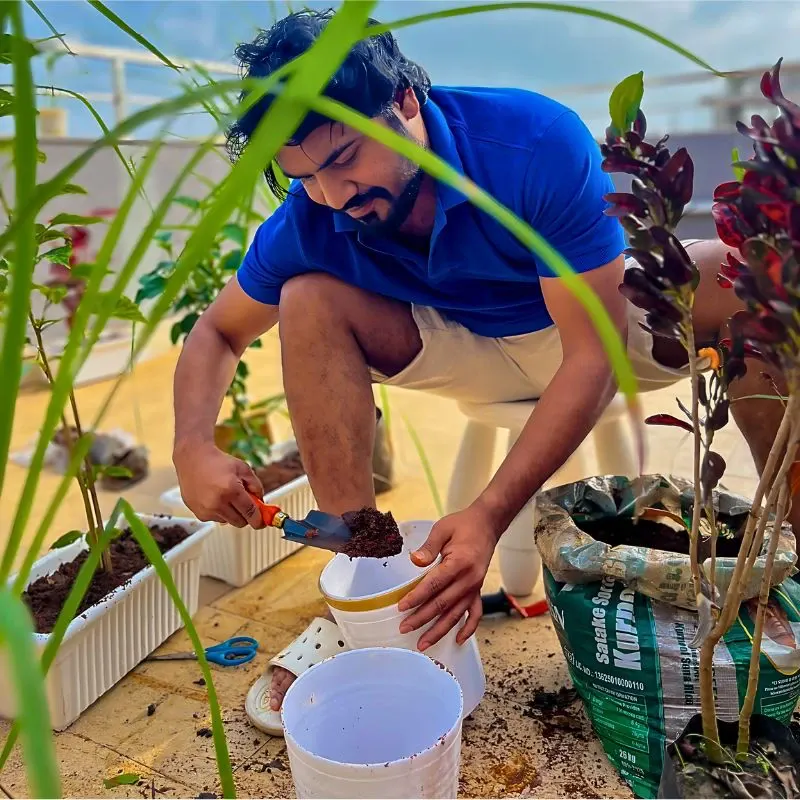Flowers are much more than just beauty and aesthetics. In biodynamic gardens, this notion is evident. In these gardens, they are part of the essential workers, helping create healthy soil, control pests naturally, and support beneficial insects. Essentially, they help the gardens thrive without chemicals while following natural cosmic cycles and rhythms.
The biodynamic model, founded in the 1920s’ insights of Rudolf Steiner, an Austrian-born spiritualist, lecturer, and the founder of anthroposophy, views gardens as complete living systems, where every plant has a job to do, and attention is paid to celestial rhythms. As plants themselves, flowers play a crucial role in creating thriving garden ecosystems.
Understanding Biodynamic Gardening and Why It Is More Than Just Organics
The biodynamic model emerged as plant cultivation's answer to an all-inclusive linctus. While organic farming focuses on avoiding synthetic inputs, biodynamic practices treat the garden as a complete, self-sustaining system where every component—from the tiniest microorganism to the phases of the moon—contributes to the whole.
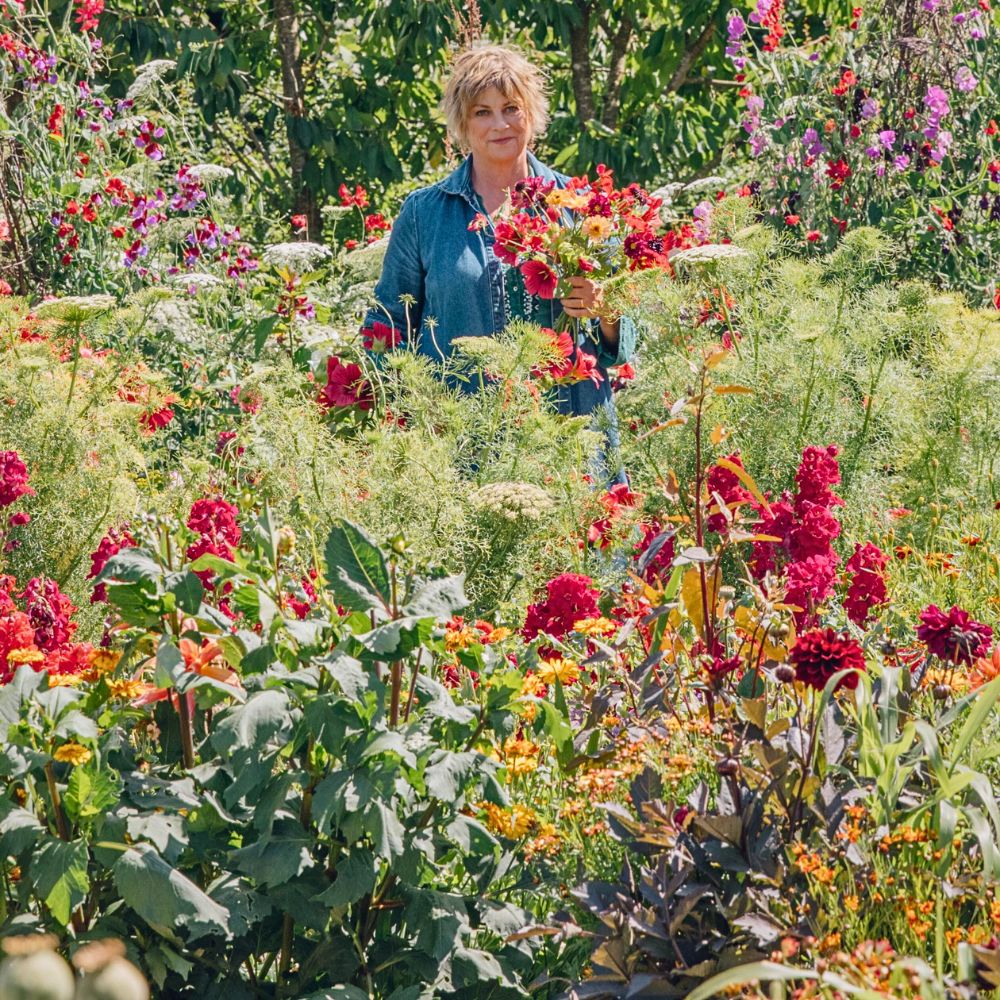
This approach views each garden or farm as a living organism—a self-contained entity where soil, plants, animals, and humans work in harmony. It recognizes that healthy soil produces healthy plants, which in turn support healthy ecosystems. The method incorporates specialized preparations, follows lunar and planetary rhythms, and emphasizes biodiversity as the basis of cultivation success. One could think of it as farming with a cosmic consciousness, where timing, intention, and natural rhythms guide all decisions.
Essential to biodynamic philosophy is the concept that gardens and farms should generate their own fertility through composting, cover cropping, and maintaining diverse plant and animal life. Instead of importing solutions from outside, practitioners work to create closed-loop systems that regenerate themselves season after season.
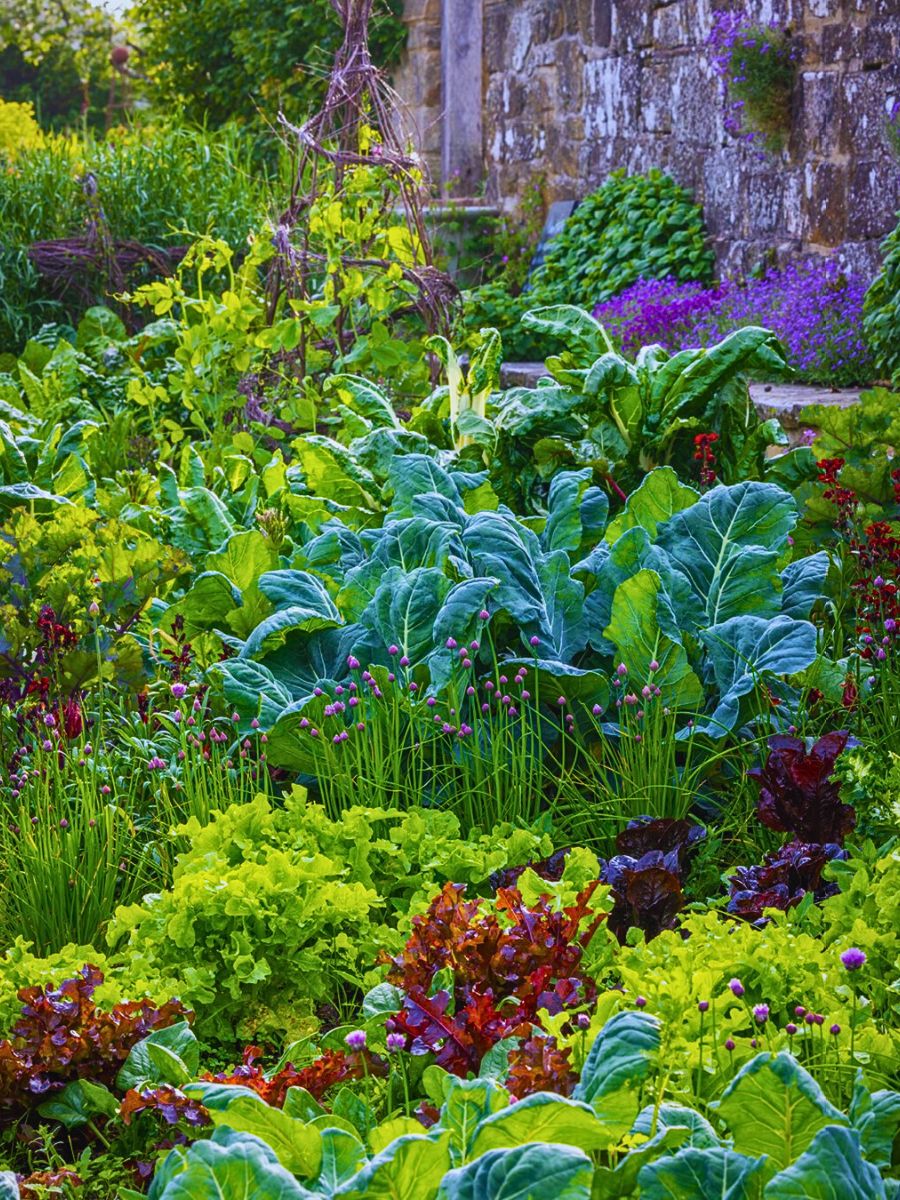
Why Flowers Matter in Biodynamic Gardening
In conventional gardening, flowers often serve decorative purposes or attract pollinators as an afterthought. But biodynamic practitioners understand that flowers function as ecosystem engineers, coordinating compound relationships that support the entire growing environment. They are both practical materials and dynamic enhancers.
In essence, flowers in biodynamic systems act as communication centers, releasing chemical signals that influence plant growth, soil health, and beneficial insect populations. These aromatic compounds not only smell pleasant but also create invisible networks of information exchange between plants, helping them coordinate responses to environmental changes and potential threats.

Strategic placement of flowering plants throughout food gardens, for instance, creates what biodynamic farmers would call ‘nurse plants’; floral companions that share space while actively improving growing conditions for their neighbors through root secretions, shade management, and soil structure enhancement.
Soil Enhancement Through Flowers
Different flowers contribute unique benefits to soil development. Deep-rooted flowering plants like comfrey and dandelions are biological pumps, drawing nutrients from subsoil layers and depositing them in upper zones through leaf decomposition. Their extensive root systems also create channels that improve drainage and aeration.
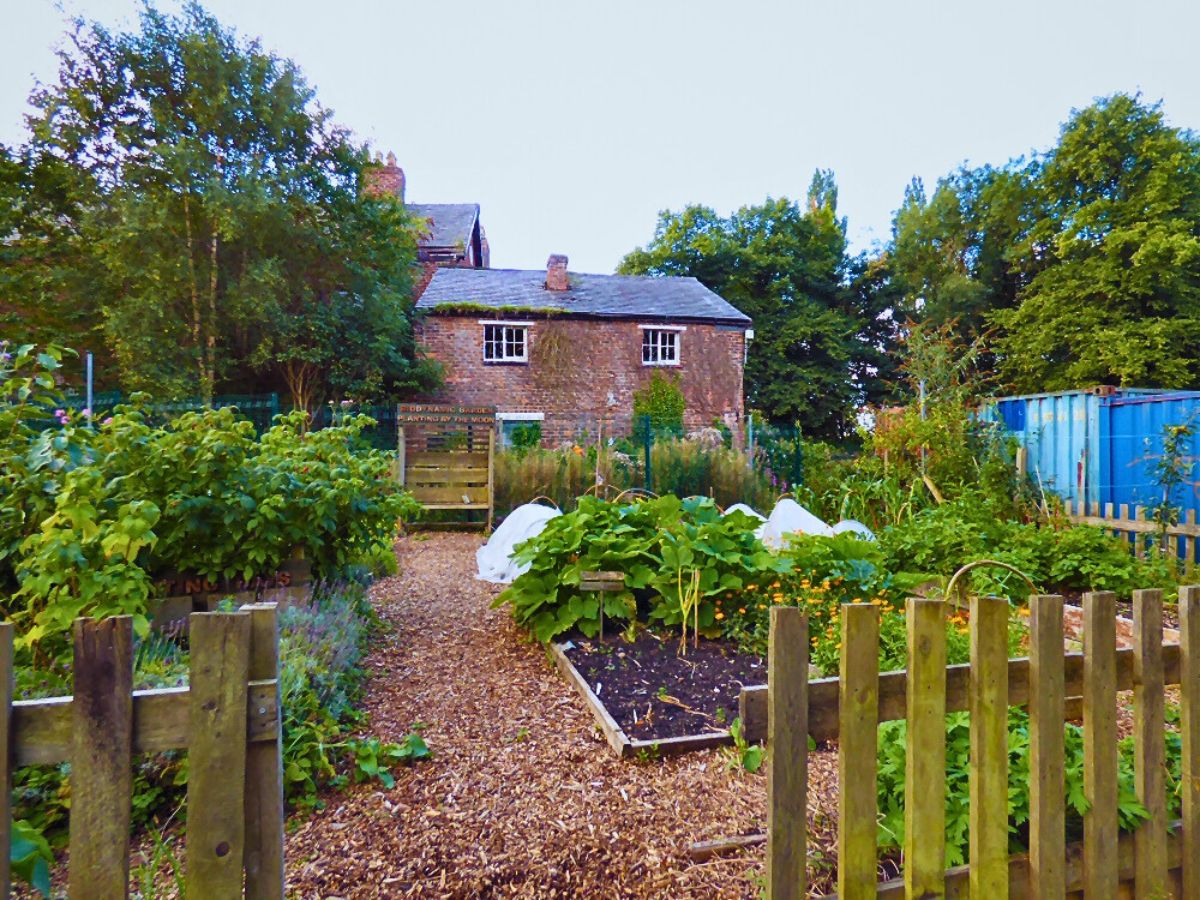
Leguminous flowers like sweet peas and crimson clover host nitrogen-fixing bacteria in specialized root nodules. These partnerships capture atmospheric nitrogen and convert it into forms that neighboring plants can readily absorb. When these flowers complete their lifecycle, their decomposing tissues release this stored nitrogen gradually, providing sustained fertility.
Calendula and nasturtiums produce antimicrobial compounds that help suppress soil-borne pathogens while encouraging beneficial microorganisms. This selective action creates healthier rhizosphere conditions—the critical zone around plant roots where most nutrient exchange occurs.
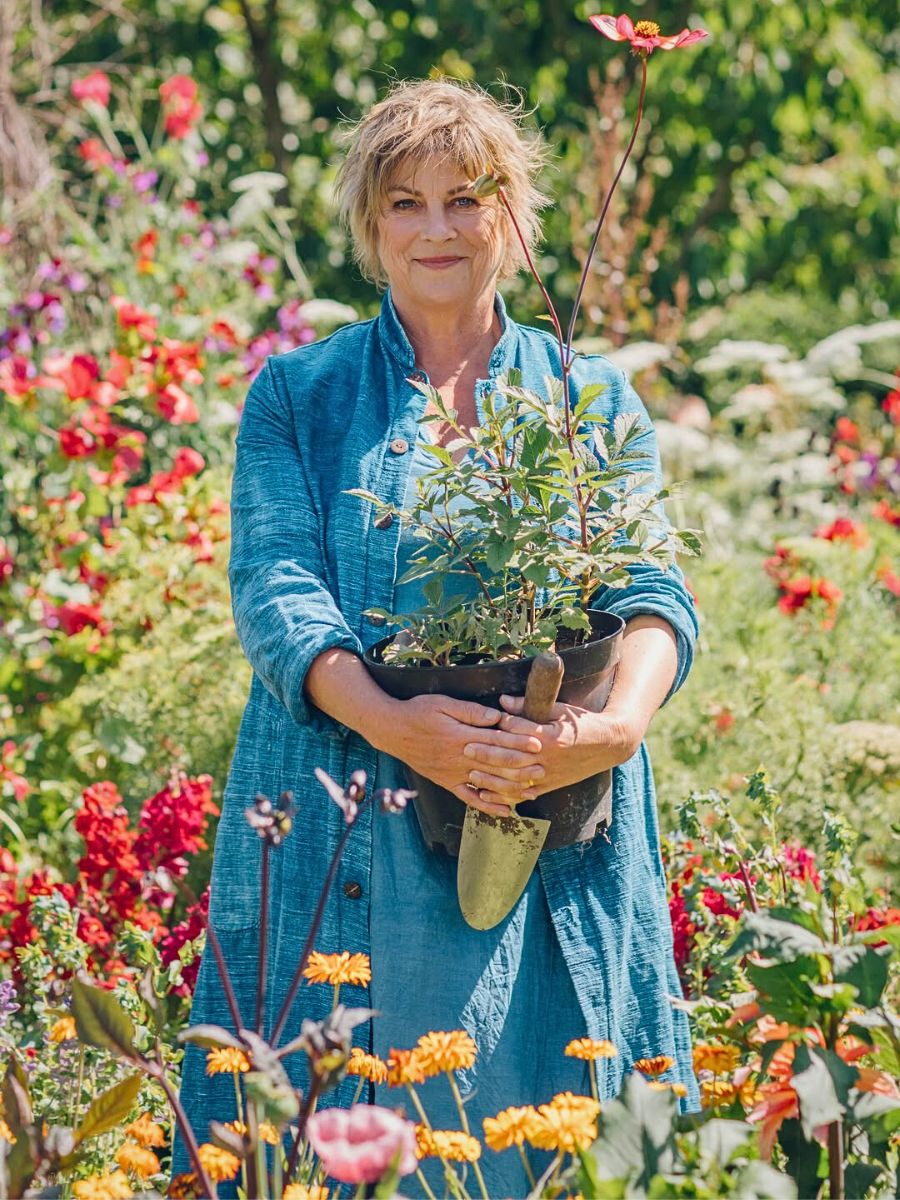
The diversity of flowering plants also supports robust soil microbiology. Different flower species release various root exudates that feed beneficial soil bacteria and fungi, creating healthy soil food webs essential for nutrient cycling and plant health. Research shows that diverse plant communities, including abundant flowering species, create more stable and productive soil ecosystems over time.
Pest Management Through Floral Strategy
Biodynamic gardening views pest problems as symptoms of imbalanced ecosystems, not isolated challenges, requiring direct intervention. Flowers are key components to restoring natural pest-predator relationships that maintain healthy population dynamics.

Umbelliferous varieties like dill, fennel, and yarrow provide landing platforms and nectar sources for tiny parasitic wasps, hover flies, and other beneficial insects that control aphids, caterpillars, and other garden pests. These predatory insects require diverse food sources throughout their life cycles, and flowers supply essential proteins and carbohydrates that synthetic pesticides cannot replace.
Strongly scented flowers create olfactory confusion for pest insects that locate host plants through smell. Marigolds, basil flowers, and lavender release volatile compounds that mask the chemical signatures of vulnerable crops, making it difficult for pests to locate their preferred targets.
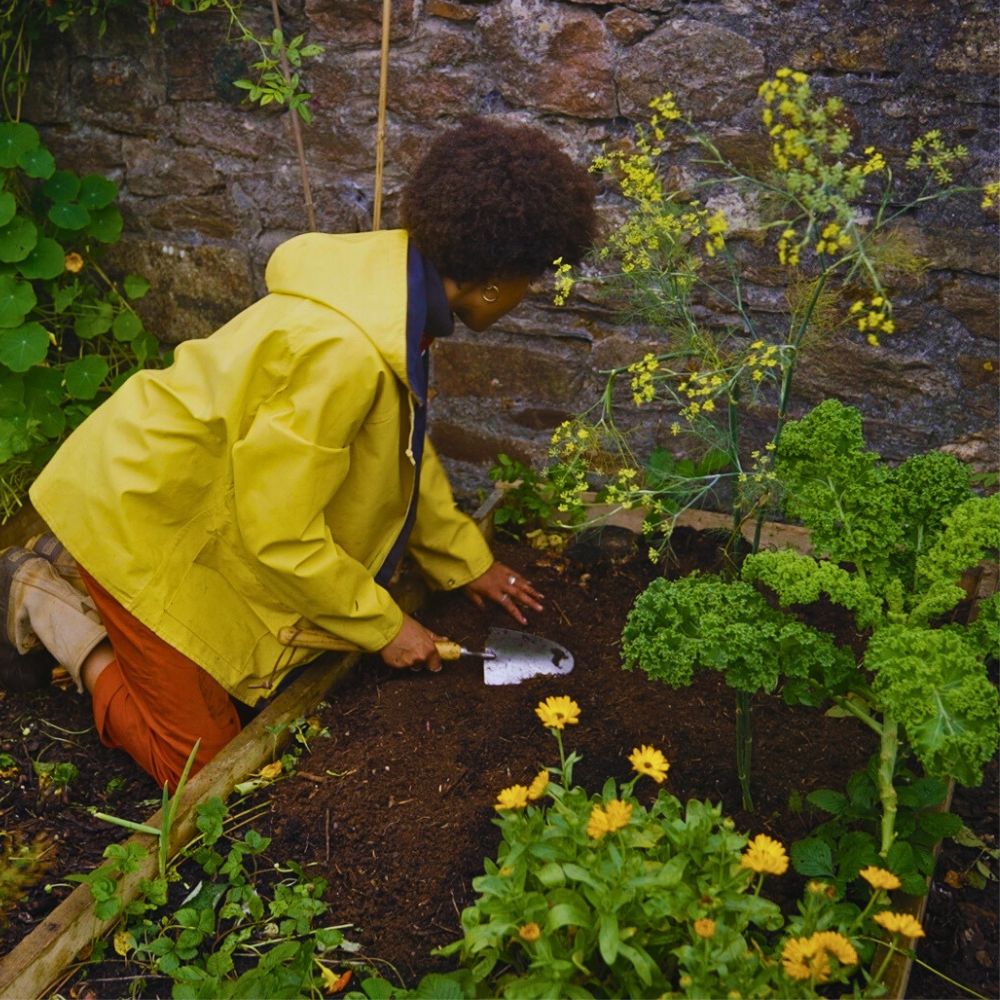
Some flowers function as trap crops, attracting pests away from valuable food plants. Nasturtiums draw aphids and cucumber beetles, while four o'clocks lure Japanese beetles. This diversionary approach protects main crops while concentrating pest populations where they can be more easily managed.
Cosmic Timing and Floral Preparations
Biodynamic practice incorporates lunar and planetary rhythms into planting, cultivating, and harvesting schedules. Flowers planted during specific moon phases are believed to develop enhanced qualities that benefit the entire garden system.
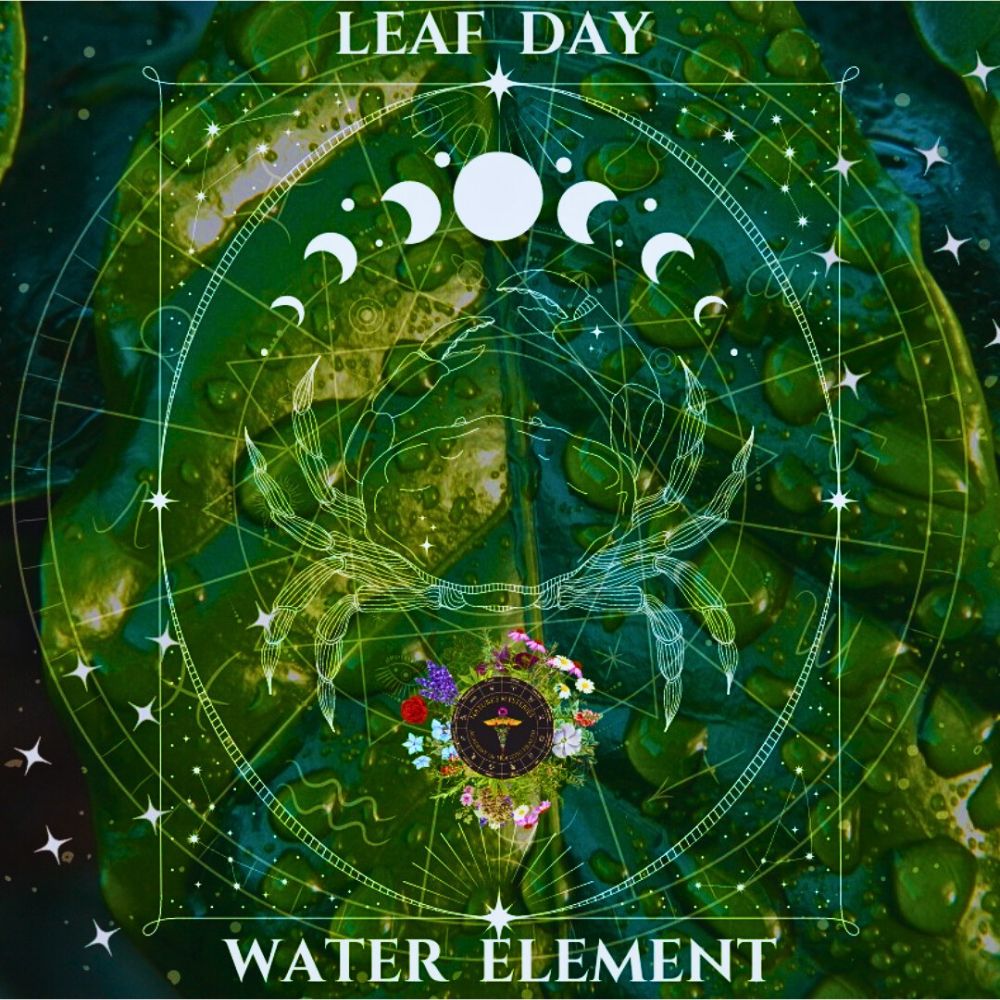
The biodynamic calendar designates certain periods as Flower Days—Plant-a-Flower Day, National Flower Day, or Spring Flower Day—when cosmic forces supposedly favor the development of flowering plants. Practitioners plant, transplant, and harvest flowers during these windows to maximize their beneficial properties. Observing flower behavior helps gardeners align planting, cultivating, and harvesting activities with favorable cosmic influences, optimizing plant vitality and crop quality.
Floral biodynamic preparations often incorporate specific flowers at precise stages of development. There are several traditional biodynamic preparations derived directly from flowering plants. These flower-based preparations—numbered 502 through 507—change ordinary compost into a dynamic vitalizer that enhances soil vitality and health. Yarrow flowers (preparation 502), for instance, help plants attract trace elements in minute quantities necessary for optimal nutrition.

Chamomile flowers (503) stabilize nitrogen within compost while increasing soil life to stimulate plant growth. Harvested at peak potency, these flowers, stuffed into cattle horns and buried over winter, create the preparation that improves compost quality and nutrient availability in soil. The bright yellow flowers of dandelion (506) enhance the relationship between silica and potassium, helping attract cosmic forces into the soil. Valerian flowers (507) ensure proper phosphorus utilization by plants.
Attracting Pollinators and Supporting Biodiversity
Native flowering plants create habitat corridors that support declining pollinator populations essential for food production. Choosing flowers that provide nectar and pollen throughout the growing season guarantees that biodynamic gardeners ensure continuous resources for bees, butterflies, and other beneficial insects.
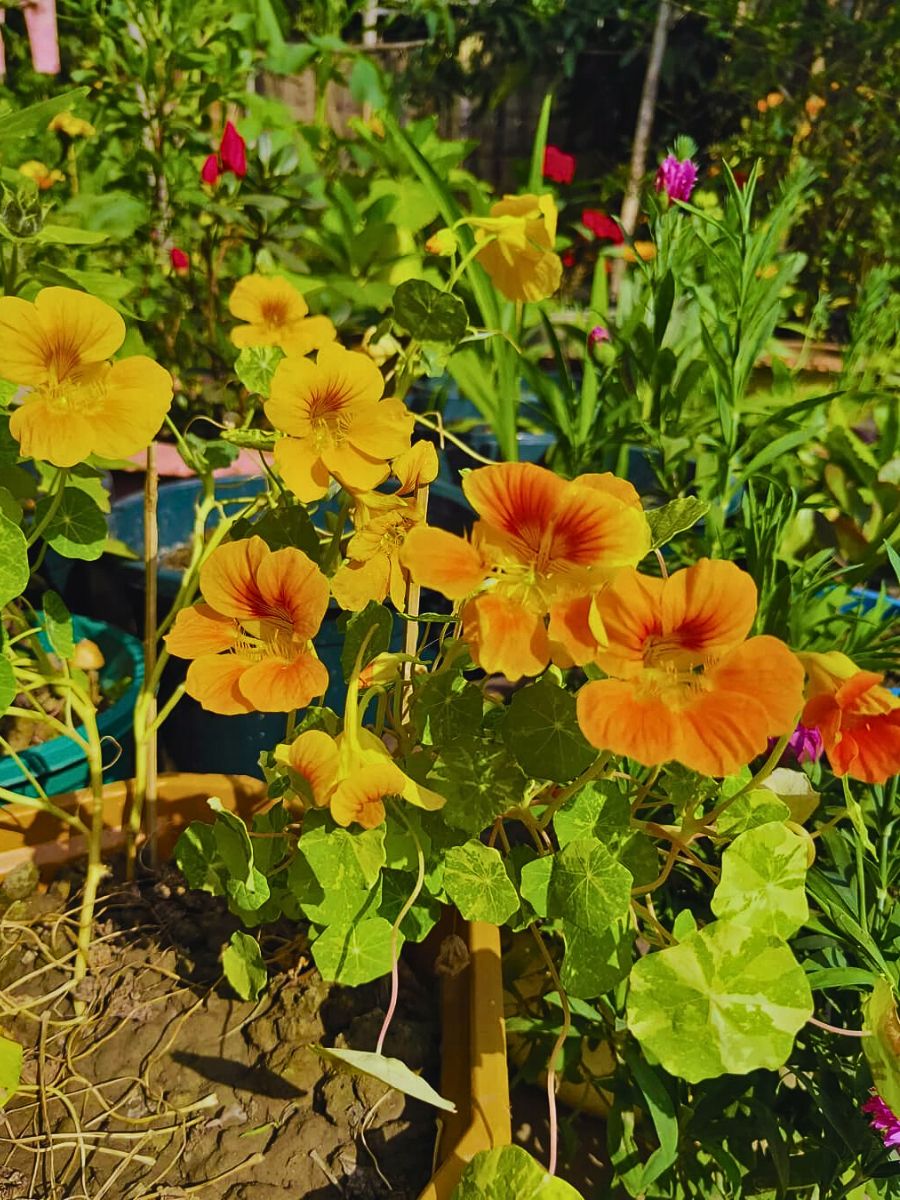
Also, different flower shapes serve various pollinator species. Flat, daisy-like flowers accommodate short-tongued bees and beneficial wasps, while tubular flowers like salvia and bee balm cater to long-tongued bees and hummingbirds. This diversity ensures that various pollinator species find suitable resources within the garden ecosystem. Late-season flowers like Asters and goldenrod also provide essential nutrition when other sources become scarce, helping beneficial insects survive winter and return to support next year's garden.
Companion Plantings and Ecosystem Balance
Flowers do well as companion plants within biodynamic systems, creating beneficial relationships that are much more than just pest deterrence. When purposefully integrated among vegetables and other crops, flowers establish micro-environments that support plant health through various mechanisms.
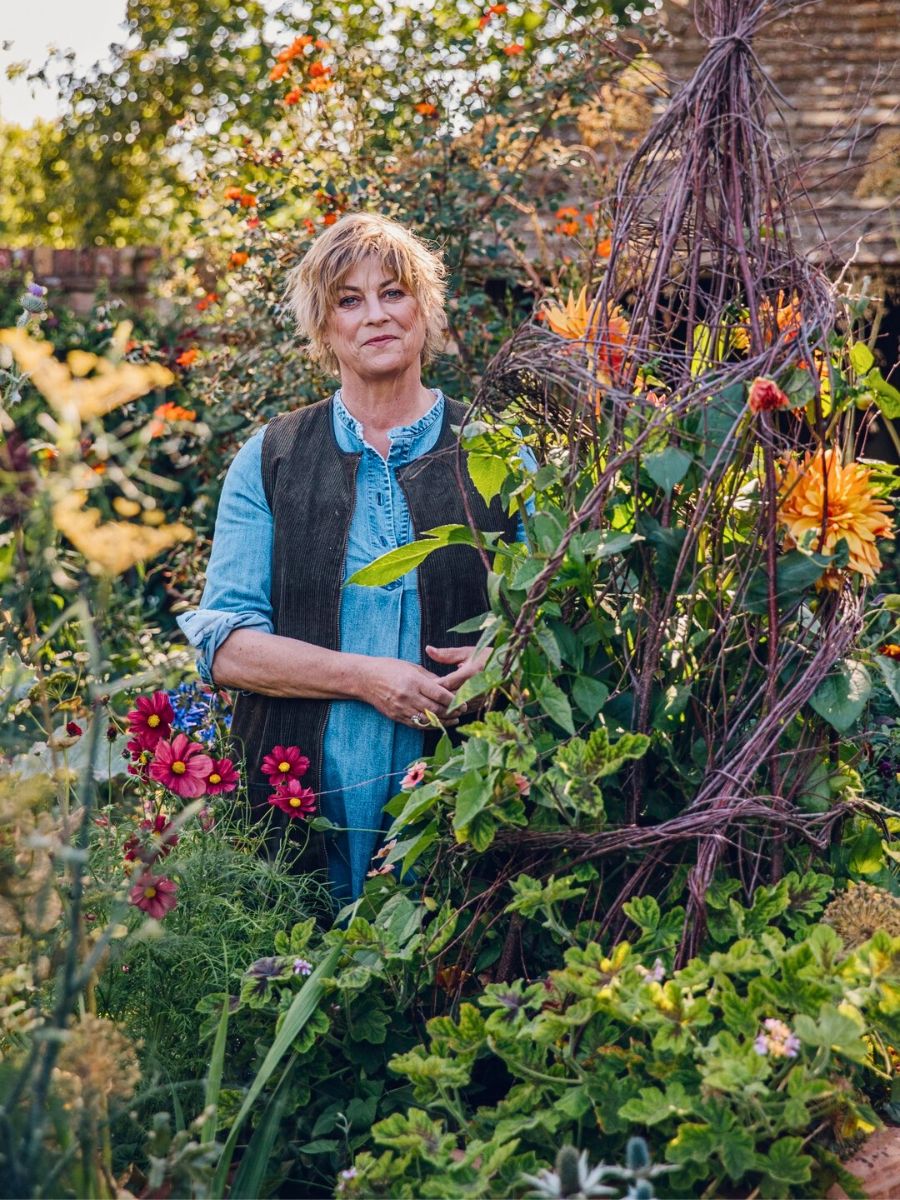
The principle of companion planting recognizes that certain plant combinations create synergistic effects. Flowering herbs like basil planted near tomatoes naturally repel flies and mosquitoes while enhancing flavor development. These relationships illustrate the biodynamic understanding that gardens are interconnected networks where every element contributes to the whole.
Practical Implementation Strategies
Effective biodynamic gardens incorporate flowers throughout growing spaces, not just segregating them into separate ornamental areas. The idea, therefore, requires careful planning and a diverse selection to create year-round support for garden health.
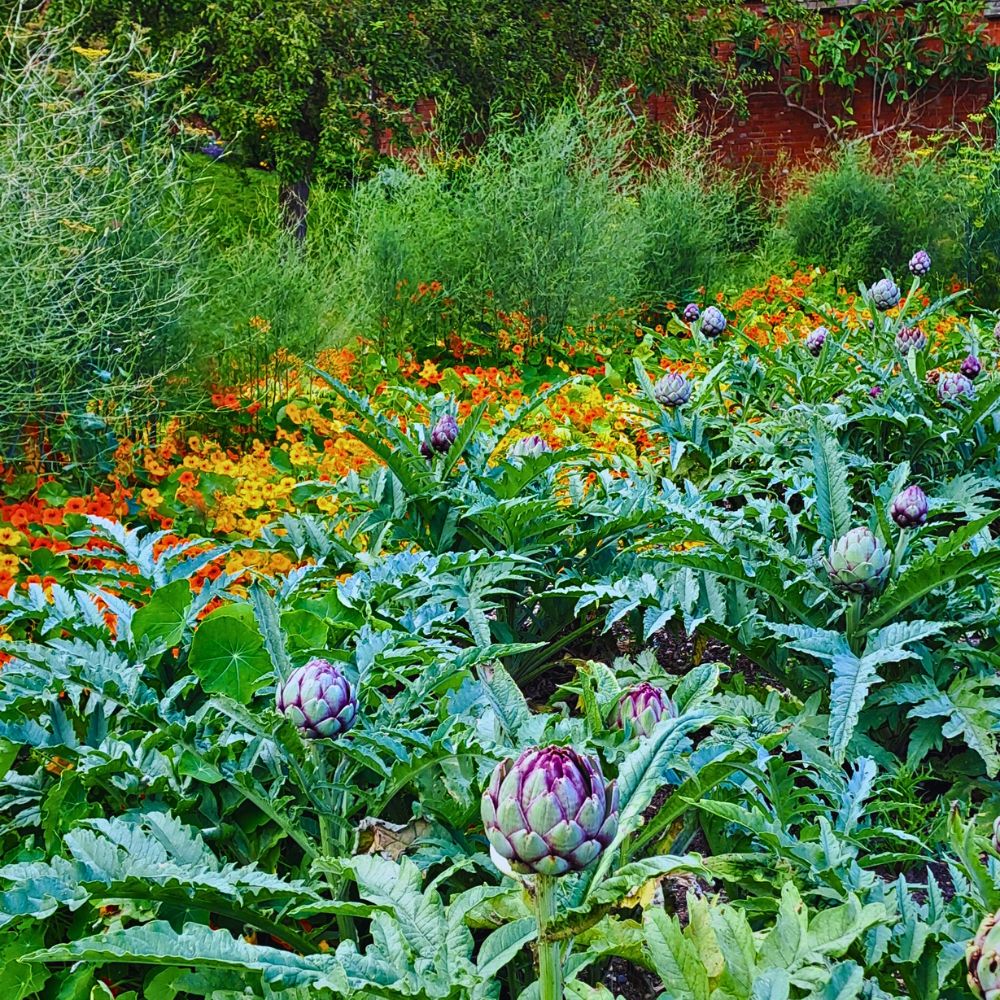
Creating dedicated insectary borders filled with native flowering plants provides habitat for beneficial insects while adding beauty to garden spaces. Intercropping flowering herbs among vegetables establishes beneficial companion relationships while maximizing space use, creating the diverse plant communities that characterize healthy ecosystems.
Flower selection also considers timing, growth habits, and specific benefits. Early spring flowers like crocuses and wild mustard provide resources when few other plants are active, while late-fall Asters extend the beneficial season into winter preparation time. For compost preparation, growing one’s own yarrow, chamomile, and dandelion ensures fresh, essential materials for biodynamic preparations. These medicinal flowers can be cultivated specifically for preparation-making while serving other garden purposes during their growing seasons.
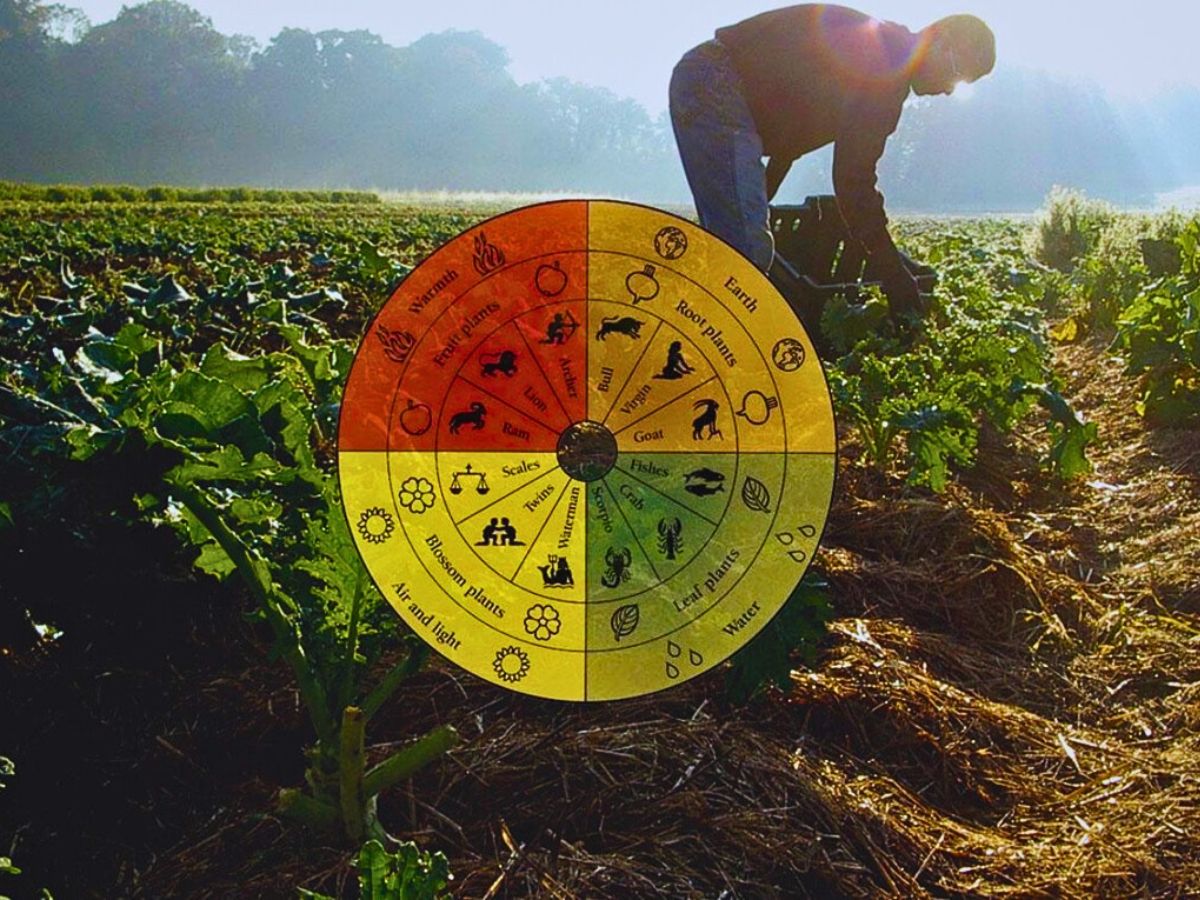
In understanding flowers as functional components and not just decorations, gardeners can harness their influence to create really sustainable growing systems that work with natural processes. In biodynamic practices, flowers are essential partners in creating gardens that thrive through coordination with cosmic rhythms and the earth's natural cycles.
Feature image by @createacademyofficial. Header image by @vegplotter.


